
Interest in the effects of diet upon the body’s pH level is nothing new to science. In 1933, an article published in the "Journal of Nutrition" explored whether diet affects the pH level of the body. The results of the 1933 study found no link between diet and the body’s pH equilibrium. With limited research on the diet available, the potential adverse and beneficial results of the diet warrant further review. Whether the diet results in the types of benefits described by its supporters, its emphasis on whole raw plant-based foods gives the diet philosophy some soundness.
Basic Philosophy
Your body should maintain a neutral to slightly alkaline pH, according to Energize for Life. The Western diet tends to create an acidic environment in the body, however. With this goal, the premise of the diet is to change your food choices to create a more natural alkaline environment.
Origins of Alkaline Ash
Biology Online describes alkaline ash as the residue left in your body when your body has digested alkaline foods. Your body excretes this ash residue in your urine. Acidic foods, on the other hand, create acid ash, which can adversely affect your health, according to Energize for Life.
Benefits Claimed
Some of the benefits of creating a more alkaline environment in your body include weight loss and control, and reduced risk of cancer, heart disease and nervous system problems, according to Shape Fit. An alkaline environment can relieve fatigue and allergies and promote overall better health.
Food Ratios
Energize for Life recommends that you consume 70 percent to 80 percent alkaline foods and no more than 20 percent to 30 percent acidic foods. Shape Fit recommends that you do not measure or count alkaline versus acidic foods to reach a healthy ratio, but instead apply visual cues to determining the correct ratio. Using this free-form method, if your plate appears to contain approximately 70 percent to 80 percent alkaline foods, you have likely made good food choices.
Types of Foods to Eat
The alkaline diet consists mainly of fruits, vegetables, seeds, nuts, whole grains and certain types of oils. The list of alkaline vegetables includes asparagus, cabbage, peas, spinach, turnips, carrots, garlic, kale and celery. Some alkaline fruits are lemons, limes, avocados, tomatoes and grapefruit. Almonds, pumpkin seeds, sesame seeds, flax, spelt and lentils are examples of alkaline grains, nuts and seeds. Alkaline oils include flax, avocado and olive. Consuming pure water and herbal teas contributes to an alkaline environment.
Types of Foods to Avoid
Acidic foods to avoid include meats, eggs, cheese, milk and other dairy products, refined grains, sodas, refined grains and sugars, processed foods, microwavable and packaged products, fast foods, saturated fats and hydrogenated oils. In addition to foods, tobacco also produces an acidic environment in your body.
Related Articles

The Pitta Dosha Diet
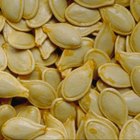
Alkaline & Acidic Foods & Drinks

High-Alkaline, Low-Acid Foods

Difference Between Permanent Hair Color ...

Alkaline Diet & Protein Foods
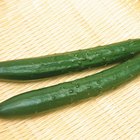
What Foods Provide Calcium D-Glucarate?
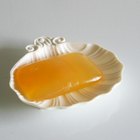
Recipe for How to Make Glycerin Soap ...

What Is Clear Matrix Color Sync?
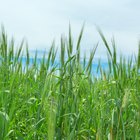
Is Wheat Grass an Alkalizing Food?

Nutrition Information on Blueberries

Can Age Spots Be Reversed?

Rules of Personal Hygiene
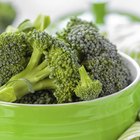
Foods Rich in Magnesium & Phosphorus

How to Detox From Diet Coke

List of Foods With a High Water Content
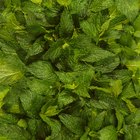
How to Dilute Peppermint Oil for Hair ...

How to Apply Communication Theories to ...

How to keep your face smooth and ...

How to Look More Masculine in the Face

Hair Color Rinse Vs. Hair Color Dying
References
Writer Bio
Kristin Shea has been writing professionally since 2008. Her fitness works include a yoga manual and Skincare News. She has acquired extensive legal writing experience during more than 10 years of legal practice. Shea is a licensed attorney and certified yoga instructor. She earned a Bachelor of Arts from University of Florida and a Juris Doctor from University of Miami Law School.
Photo Credits
Jacqueline Veissid/Photodisc/Getty Images